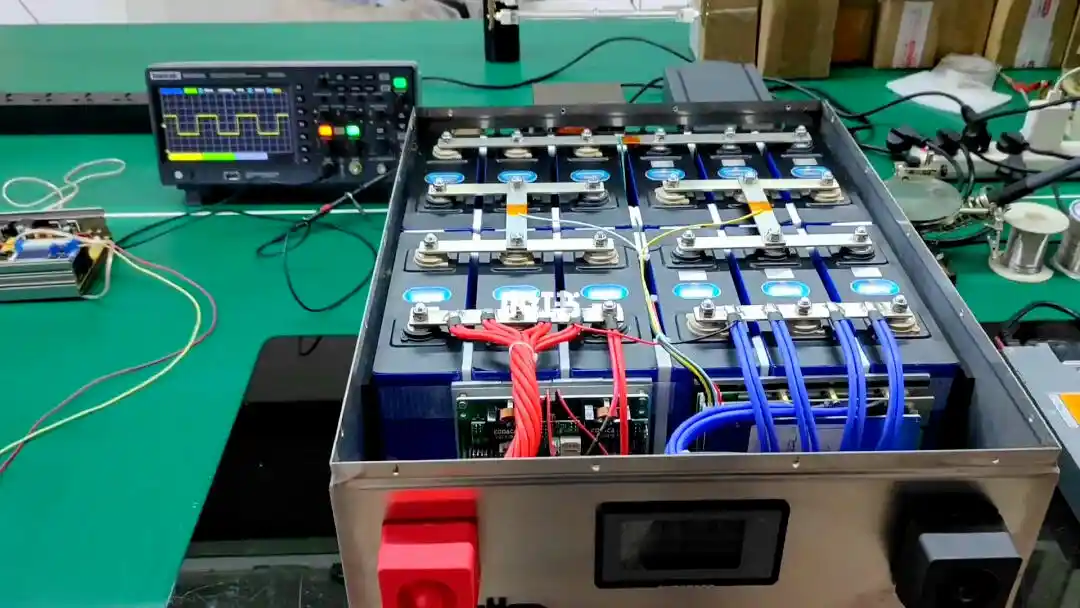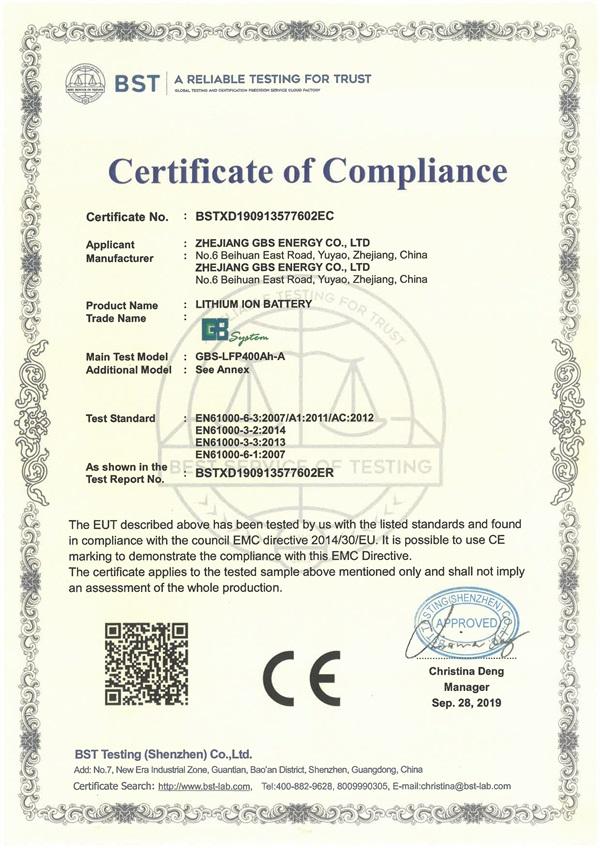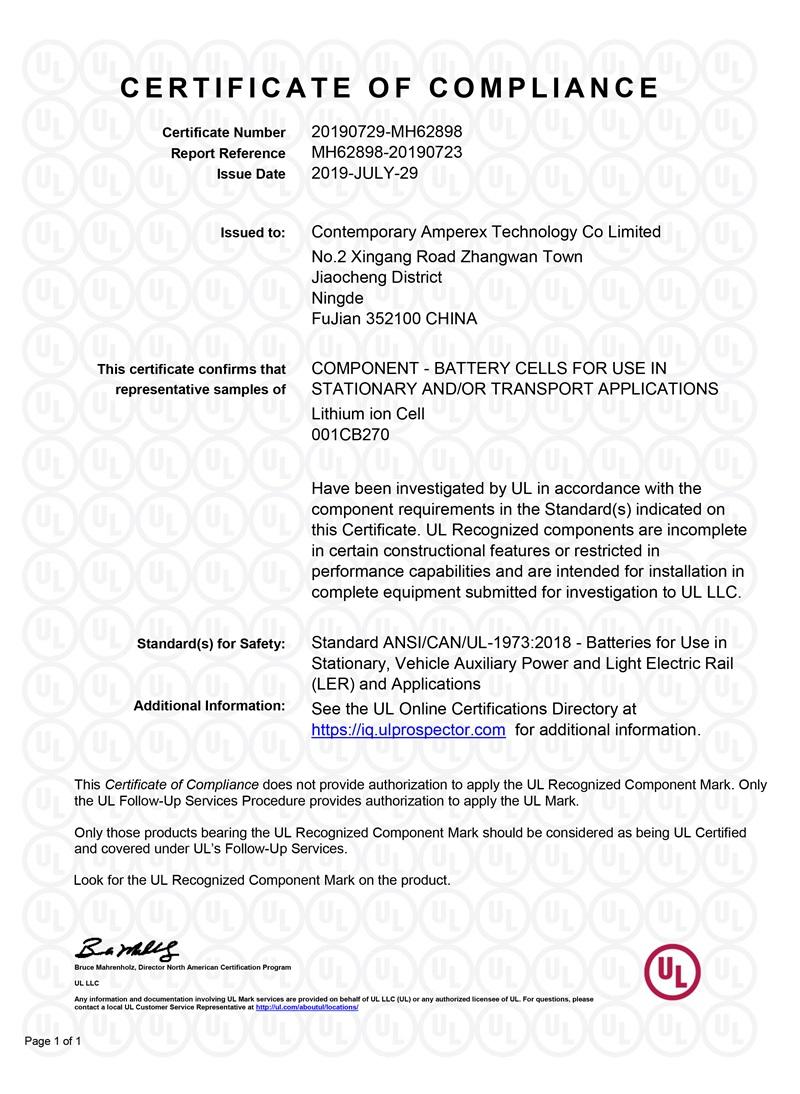Blog
Can You Mix Different Brands of LiFePO4 Batteries?
2025-06-15 | Calvin

Technically, yes—you can mix different brands of LiFePO4 batteries. But should you? Not really. While it might seem like a money-saving shortcut or a way to make use of older batteries, mixing brands usually ends up costing more in the long run. It can lead to poor performance, safety risks, and a shorter lifespan for the entire battery system. Let’s break down why combining different LiFePO4 battery brands isn’t the smartest move.
Performance Inefficiencies
Mixing batteries from various brands can cause a host of performance problems. Here’s what typically goes wrong:
- Voltage Differences: If the batteries have different nominal voltages, they won't discharge evenly. Higher-voltage batteries will have to match the lower ones, putting unnecessary strain on the cells and potentially causing damage over time.
- Capacity Mismatches: Batteries with different amp-hour (Ah) ratings discharge at different rates. The smaller ones drain faster, dragging down the overall system and increasing the risk of over-discharge, which can permanently damage the weaker batteries.
- Internal Resistance Variation: Different manufacturing standards lead to varying internal resistances. Higher resistance limits current flow, which reduces the total power your system can deliver.
Safety Risks
Mixing LiFePO4 batteries isn’t just inefficient—it can be dangerous. Here’s why:
- Overcharging and Overdischarging: Batteries with different specs can’t be perfectly balanced. Some might overcharge while others overdischarge, leading to overheating, swelling, or permanent cell damage.
- Electrical Faults and Thermal Runaway: Incompatibilities increase the chance of short circuits and thermal runaway, which, in severe cases, could even start a fire.
- Uneven Load Sharing: Batteries with different shapes or internal designs (like prismatic vs. cylindrical cells) can cause load distribution issues, further raising the risk of mechanical or thermal failure.
Shortened Battery Lifespan
In a mixed battery setup, stronger batteries are forced to compensate for the weaker ones. This added stress speeds up the degradation of the better batteries, dragging down the lifespan of the entire pack.
- BMS Confusion: Battery Management Systems are built to work with uniform battery packs. When mixed cells are used, the BMS may struggle to balance and protect them properly, increasing wear and tear across the board.
- Uneven Aging: Batteries age based on their chemistry and usage history. Pairing newer batteries with older ones only puts more strain on the aging units and creates more imbalance over time.
Charging Problems
Charging a mixed pack is just as problematic as using it. Here’s what can go wrong:
- Uneven Charging: Batteries with different capacities or resistance levels won’t charge at the same rate. Some might overcharge, others undercharge—either way, it hurts the efficiency and health of the system.
- Parallel Charging Issues: Even if the voltages match, batteries with different capacities being charged in parallel will still perform worse than a uniform pack. It's a compromise, not a solution.
Damage to Your Equipment
The negative effects don’t stop at the batteries themselves. Your devices might suffer too.
- Unstable Output: Mixed discharge rates lead to inconsistent voltage and current, which can harm sensitive electronics connected to the system.
- More Maintenance: You’ll need to constantly monitor and manually balance the setup, adding extra time, cost, and complexity to your system maintenance.
A Simple Analogy
Imagine a team made up of runners at different fitness levels. The slower runners will hold back the fast ones, and the whole team ends up underperforming. That’s exactly what happens in a mixed battery pack—stronger batteries get held back by the weaker ones, leading to inefficiencies and risks across the board.
Real-world examples include:
- Different Charging Times: One battery may need 10 minutes at 14.4V, while another might require 20 minutes at 14.6V. Trying to charge them together stresses the BMS and reduces charging efficiency.
- System Imbalance: One battery wearing out faster than the others creates an unbalanced system, increasing the likelihood of safety and performance issues.
What Manufacturers Say
Almost all LiFePO4 battery manufacturers recommend using the same brand and model across a battery bank. Why? Because manufacturing processes, materials, and even chemical compositions vary from brand to brand. These differences create inconsistencies that can hurt your system’s performance, longevity, and safety.
- Next:How to Wake Up a LiFePO4 Battery
- Previous:Tesla Battery Types: A Simple Guide for Model S, 3, X, and Y
Contact Details
Lithium LiFePO4 Batteries and Lithium LiFePO4 Cells Supplier - LiFePO4 Battery Shop
Contact Person: Miss. Elena Wang
WhatsApp : +8615263269227
Skype : +8615263269227
WeChat :15263269227
Email : info@lifepo4batteryshop.com
All Products
- A123 Battery (5)
- Sinopoly Battery (7)
- GBS Battery (16)
- CALB Battery (22)
- Cylindrical Cell (3)
- Energy Storage System (0)
- Battery Management System (2)
- Sodium ion Battery Cell (3)
- Lithium Titanate Battery (16)
- Ternary Lithium Battery Cell (11)
- REPT Battery (8)
- BYD Battery (2)
- CATL Battery (14)
- Thunder Sky Winston Battery (21)
- EVE Battery (29)
- LiFePO4 Battery Cell (4)
Certification
Customer Reviews
- I have fond memories of our meeting in Shanghai with LiFePO4 Battery Shop Elena. Your company left a strong impression on me with its impressive growth and professionalism. We both value straightforwardness and honesty, which I believe are the most important qualities in any partnership. I am confident that we can build a successful collaboration based on these shared values. —— Robert from USA
- I've been working with LiFePO4 Battery Shop for years, and their reliability is unmatched. While other suppliers frequently change sales teams, LiFePO4 Battery Shop has consistently provided exceptional service with a stable team. Their commitment to quality and customer support truly sets them apart. —— Henry from Australia



